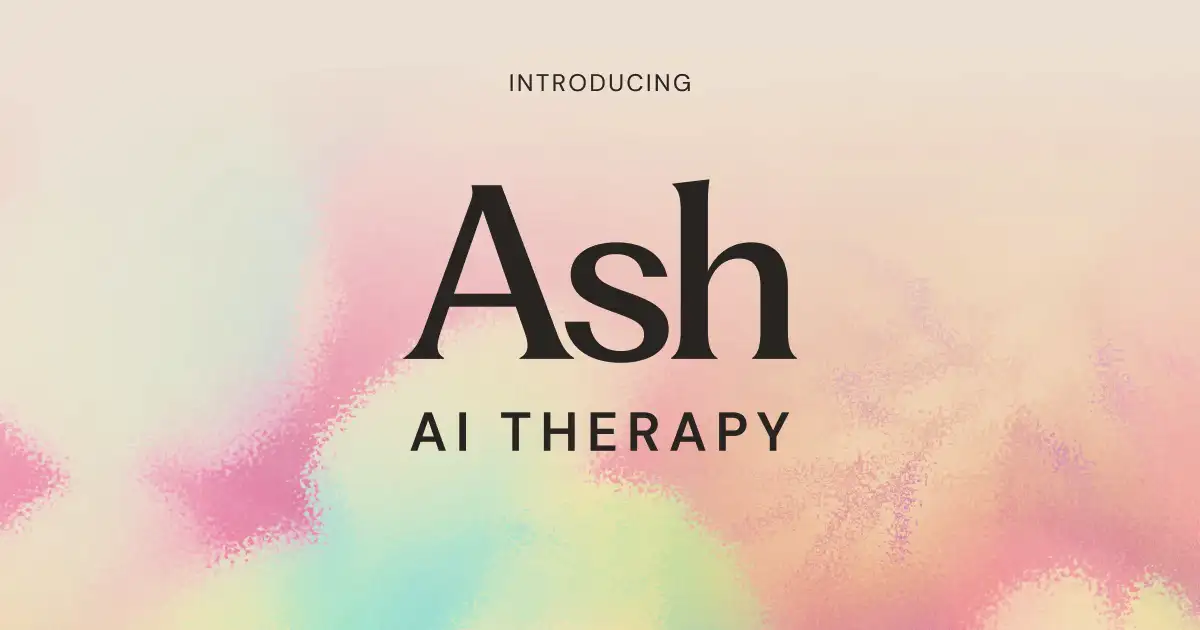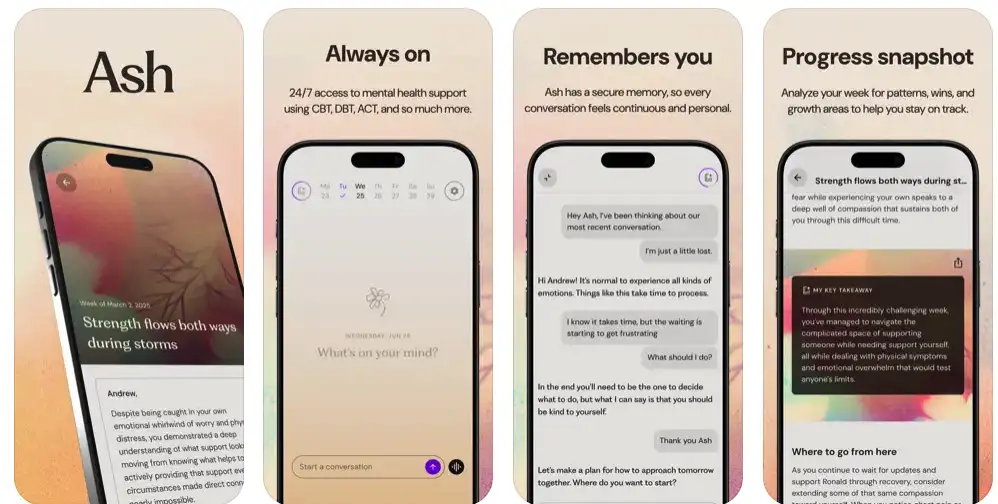Therapy Gets Hacked: Meet Ash

Vivi Carter · 31, July 2025
Can AI Really Be Your Therapist?
Imagine opening up about your deepest struggles—not to a human therapist, but to an AI chatbot on your phone. As strange as it may sound, this is now a reality that’s rapidly gaining ground. Slingshot AI, a new startup, has just raised an eye-popping $93 million to launch Ash, a digital therapy assistant. At the helm is Neil Parikh, once co-founder of Casper, the company that made “bed-in-a-box” a global phenomenon. Parikh’s mission this time? Bringing lasting change to one of the world’s most urgent issues: mental health.

Rethinking Mental Health Care
The scale of the mental health crisis is staggering. In 2023 alone, over 59 million Americans sought therapy. Yet, for every 10,000 people in need, there’s just a single mental health professional. Long waitlists, high costs, limited insurance coverage, and the stigma of seeking help leave over half of those in need entirely unsupported.
Traditional solutions simply can’t keep up. Most therapy apps in the past failed because they reduced therapy to rigid scripts and generic advice. Anyone who’s experienced real therapy knows it’s dynamic, highly personalized, and based on countless micro-decisions that can’t be canned. Ash stands apart by leveraging the flexibility and learning power of advanced AI.
What Makes Ash Different?
Ash isn’t just a friendly chatbot running on a general-purpose language model like ChatGPT. Instead, it’s built from the ground up specifically for psychological counseling, with three key innovations:
Customized Clinical Training:
Ash’s underlying model was trained using a huge and varied dataset from real therapeutic encounters, covering many approaches—cognitive behavioral therapy, psychodynamic, mindfulness-based, and more. This lets Ash adapt in real time, responding in ways proven to work for each unique individual.
Expert Human Oversight:
Rather than copying traditional therapy, the design team, comprised of leaders in digital mental health, worked closely to shape Ash’s responses to match therapeutic best practices—when to guide, when to listen, and when to challenge users to find their own answers.
Constant Learning:
Every user’s feedback helps Ash improve, learning how to offer deeper support over time. This “loop” of continuous improvement is something even the best human therapists can only dream of having.
The result: an experience that feels like a relationship, not a transaction. Ash weaves together your conversations, helping you spot patterns you might miss and nudging you on your growth journey—much like a great therapist would.
Early Proof: Is It Working?
Before its public launch, over 50,000 users tried Ash during a lengthy beta phase, spending an average of 30 minutes per session. Results were compelling: 90% of users reported meaningful breakthroughs, and feedback included statements like “This is the best therapy I’ve ever had.” Even more telling, research like Dartmouth’s Therabot project shows similar AI therapy bots can cut depression symptoms by 51%—outperforming some traditional treatments (source: National Institute of Mental Health).
There are also promising signs that AI therapy can actually enhance—not replace—real-world relationships, by building users’ confidence and emotional skills. Still, it’s early days, and ongoing studies will be crucial.
Why the Big Investment?
Venture capitalists are betting big on this model for two reasons. The demand for affordable, immediate help is massive—and growing. According to a 2025 survey, nearly half of LLM users with mental health needs had already turned to chatbots for support. Major investors like Andreessen Horowitz cite the combination of a stellar, cross-disciplinary team and the chance to create a brand new way to make therapy accessible at scale (source: Andreessen Horowitz Blog).
However, investors know the risks: stringent regulation, sensitive personal data, and the need to show real clinical outcomes—not just nice user testimonials—will determine long-term success.

The Road Ahead: Opportunities and Challenges
Ash’s business model borrows from streaming services—a flat monthly rate of $10–$20, much cheaper than traditional therapy. This makes ongoing support accessible to a much wider audience, while building habits that support lasting change. But there are hurdles: user trust, marketing in a sensitive sector, and ensuring the technology earns a place in clinical settings.
There are also tough tech and ethical questions: Can an AI ever truly empathize? How do you ensure privacy, avoid bias, and reach disadvantaged groups without making inequality worse? Success will demand transparency, robust safeguards, and meaningful collaborations with therapists and researchers.
Final Thoughts
For those following the rapid evolution of AI, Ash’s rise signals more than a business opportunity. It represents a chance to rethink how billions manage their mental health. The real promise here is not about replacing human connection, but about making high-quality support universal, proactive, and incredibly personal—at any hour.
Of course, no app can solve every problem. But if Ash and the new wave of mental health AIs can genuinely complement traditional care, and foster stronger, healthier minds, then the magic behind that $93 million investment will be more than justified. And ultimately, that could reshape not just therapy—but the way we care for each other and ourselves.
Relevant Resources
